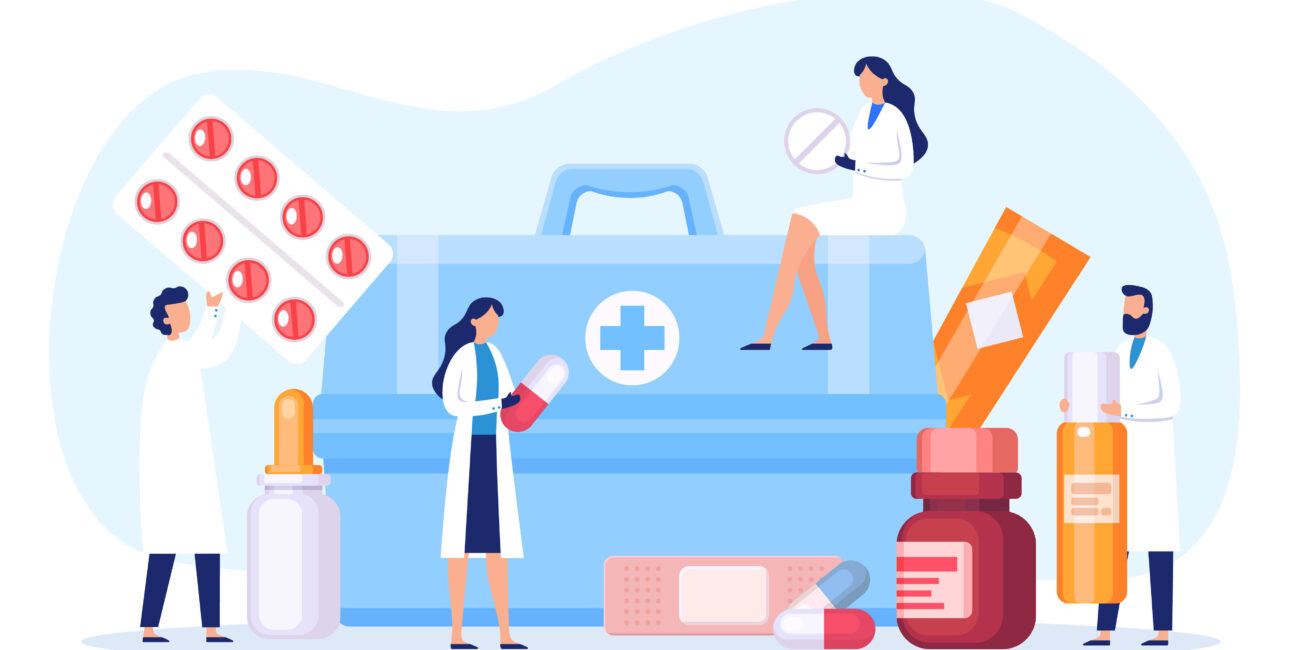Pharmacists make hundreds of decisions every day, many with legal, clinical, and ethical weight. Whether you’re navigating point-of-care testing, questioning a prescription, or working to prevent medication errors, understanding risk management is essential for:
- Confident action.
- Clear documentation.
- Culture of continuous improvement.
In this issue, we explore three powerful continuing education tools to help you protect your patients and your practice.
Are You Confident Enough to Own the Risk?
As pharmacy professionals, your expertise matters in risk management. You’ve put in the training, education, and hard work to perform your role with confidence. Patients need to know you are qualified and capable of providing the care they deserve.
- Show your credentials: Clearly state who you are and what services you provide. Example: “My name is Sandra Kirkland. I am a pharmacist. I am going to provide you with service X.”
- Be confident in your role: Trust in your training and make informed decisions, even when liability is on the line.
- Keep learning: If you need more background, CEimpact offers courses to strengthen your expertise and credentials.
In the GameChangers Clinical Insights Podcast – Assessing Liabilities and Risks in Pharmacy Practice – You will learn strategies for handling the legal and clinical risks tied to services like immunization administration and point-of-care testing. You’ll gain practical strategies for managing adverse reactions, sensitive patient results, and legal and regulatory compliance challenges—all while ensuring safe, effective patient care.
Document, Document, Document!
When tough calls arise, like refusing to fill a questionable prescription or flagging a safety concern—your notes are your strongest protection in risk management.
- Why it matters: Courts require proof. Without documentation, even good decisions can be questioned.
- Keep it simple: Short, factual notes make a difference.
- “Left message with Dr. Smith’s office to clarify dosing.”
- “Patient declined counseling—provided written material.”
- Your safety net: Documentation doesn’t just support patient care—it’s also your best legal defense.
Key Takeaway: If it’s not documented, it didn’t happen. Build the habit of documenting clearly and consistently to protect your patients and your practice.
Want more? Check out Fifty Shades of [Grey Areas]: Case Studies in Pharmacy Law and Ethics by David B. Brushwood, RPh, JD, in your Pharmacist by Design™ subscription.
Continuous Quality Improvement (CQI): Your Pharmacy’s Safety Net
Pharmacists are responsible for leading quality initiatives and ensuring that CQI is more than just a binder on a shelf. When implemented well, CQI improves patient care, boosts team engagement, and helps meet regulatory and value-based care expectations
Patient safety isn’t a one-time fix—it’s a continuous process. That’s why successful pharmacies implement CQI programs to drive ongoing, measurable change and support risk management.
- Errors are common: Research shows about 1 in 2 prescriptions contains an error. Near misses are opportunities to strengthen systems, not ignore them.
- CQI makes safety sustainable: With tools like root cause analysis and quality data review, CQI turns mistakes into actionable improvements.
- Team effort: When everyone, from pharmacists to clerks, takes part in identifying risks and proposing changes, safer outcomes follow.
Key Takeaway: CQI transforms error response into error prevention. Lead with data, engage your team, and use every incident – big or small – as a chance to improve patient safety and improve risk management.
Want more? Explore Using Data to Improve Patient Safety by Jake Galdo, PharmD, MBA, BCPS, BCGP, in your Pharmacist By Design™ subscription.
Ready to Strengthen Your Practice?
Take the next step in protecting your patients and your profession.
- Listen Now: CEimpact Podcast.
- Learn More: Advanced Trainings for Pharmacists.


